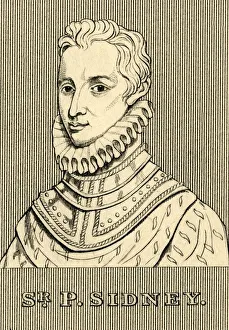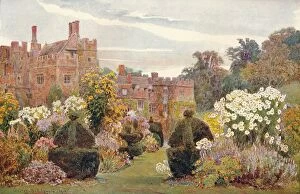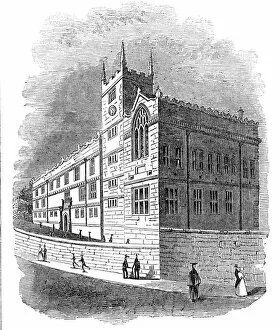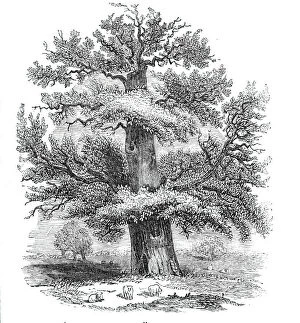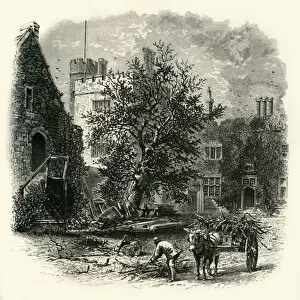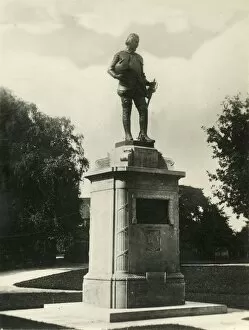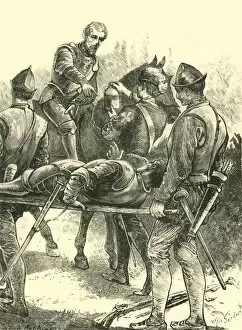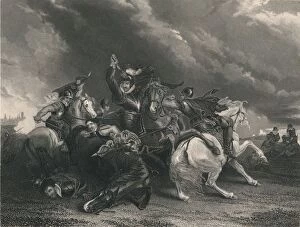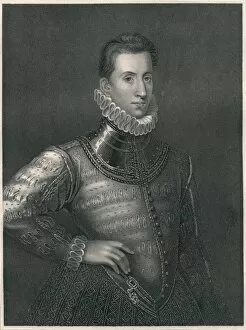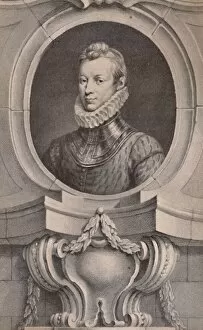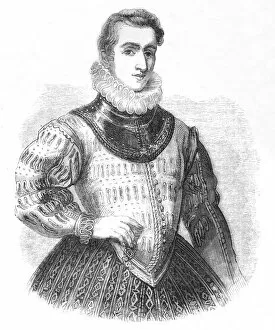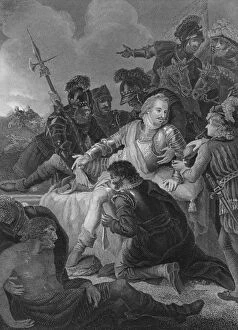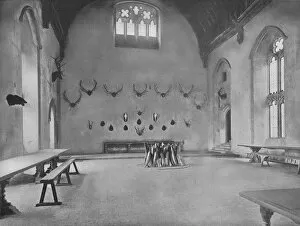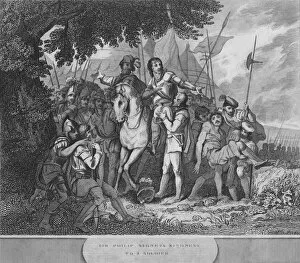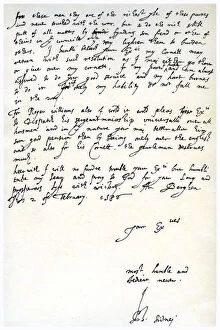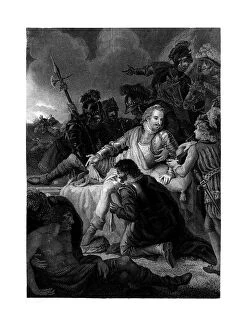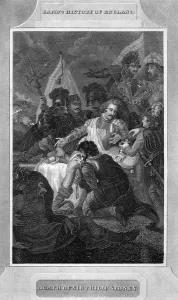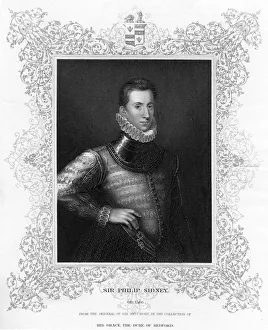Sir Philip Sydney Collection
Sir Philip Sidney, also known as Sir P. Sidney, was a prominent figure in the late 16th century
All Professionally Made to Order for Quick Shipping
Sir Philip Sidney, also known as Sir P. Sidney, was a prominent figure in the late 16th century. Born in 1554 and passing away at a young age in 1586, he left an indelible mark on history. The engravings depicting his life offer glimpses into the various aspects of his character and achievements. One such engraving showcases Penshurst, Kent, which was Sydney's ancestral home. This magnificent castle served as a testament to his noble lineage and provided him with a strong foundation for his endeavors. Another engraving portrays Sir Philip Sydney's favorite chair, symbolizing comfort and familiarity amidst the challenges he faced. Kindness was one of Sydney's defining traits, as depicted in another engraving that illustrates his compassion towards a soldier. His selflessness shines through when he utters the words "Thy necessity is greater than mine, " exemplifying empathy and generosity. Education played a crucial role in Sydney's life; hence an engraving captures Grammar School Shrewsbury where he received formal education. This institution molded him into an intellectual powerhouse who would later become renowned for his literary works. Nature held great significance for Sir Philip Sidney too - The Sydney Oak at Penshurst stands tall as a living memorial to this connection between man and nature. Its presence serves as a reminder of the beauty that surrounded him during his lifetime. The Courtyard at Penshurst provides insight into daily life within this grand estate - bustling with activity yet maintaining an air of elegance befitting its esteemed owner. Sydney's impact extended beyond England; an engraving depicts him at Zutphen during battle in 1586 alongside another notable figure, Sir William Russell. Their bravery on the battlefield immortalized them both as heroes who fought valiantly for their cause. Even after centuries have passed since Sir Philip Sidney graced this world with his presence, we can still feel the echoes of his legacy today.

